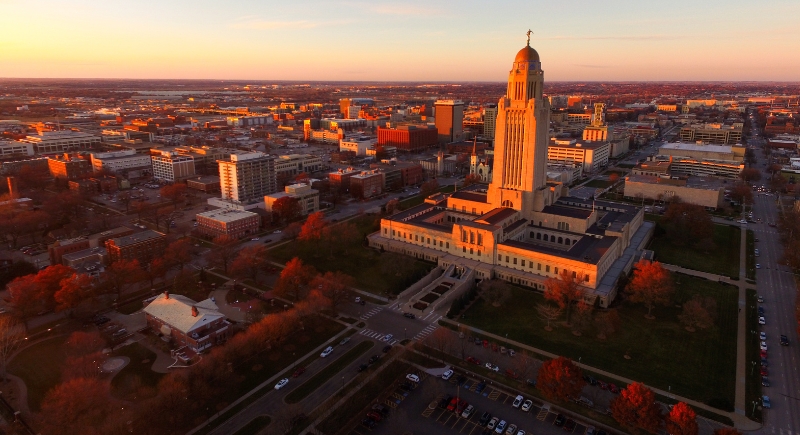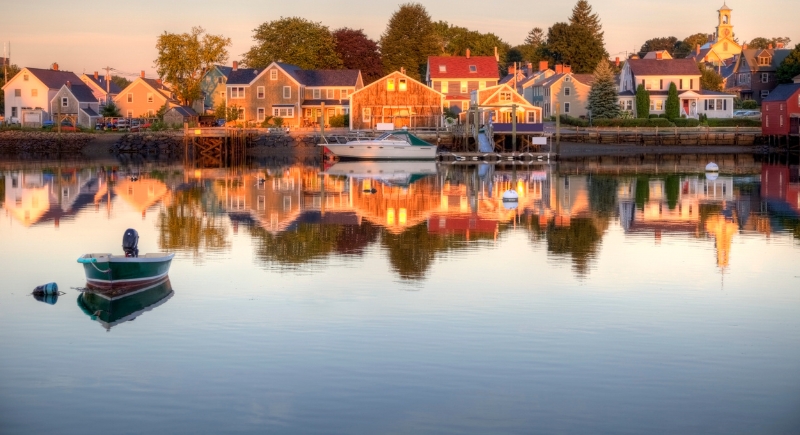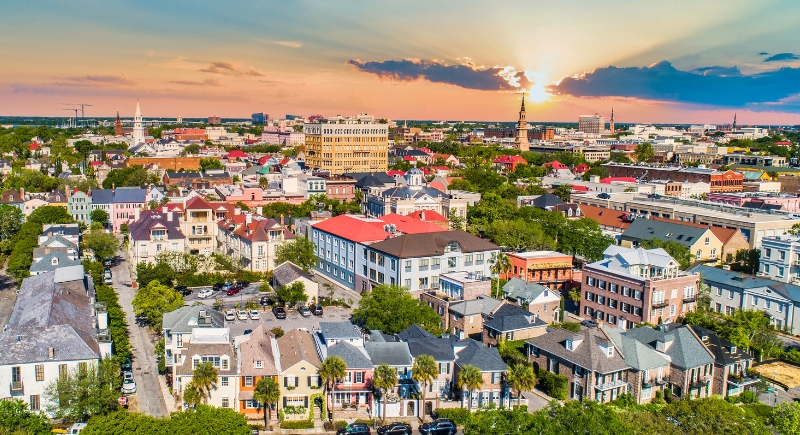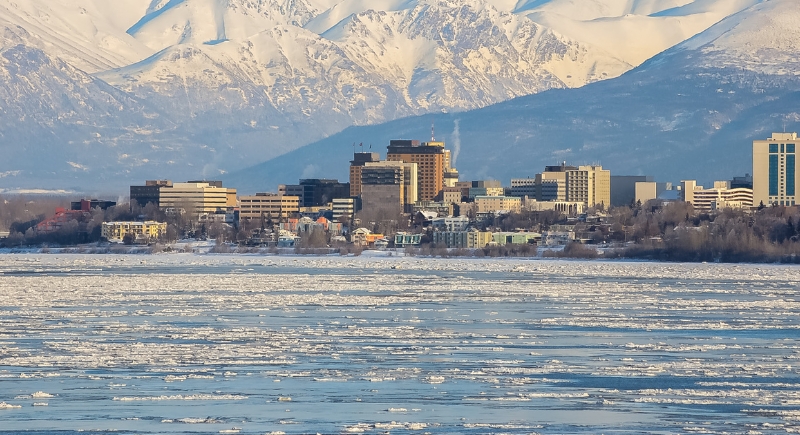Adding fluoride to tap water was once a celebrated public health breakthrough for preventing cavities across the country, but lately, more states are starting to question it. Critics now point to concerns about overexposure, possible effects on pregnant women and children, and studies linking high fluoride levels to reduced IQ.
Here’s a look at the states considering significant changes to keep fluoride flowing in the public water supply.
Kentucky

Kentucky is known for its high fluoridation rate—nearly 100%—but it could shake things up. A bill introduced in January would give local governing bodies the power to opt out. Right now, water systems serving over 3,000 people must be fluoridated. If the bill moves forward, communities could start pulling back.
Massachusetts

Lawmakers in Massachusetts are reviewing a bill that could stop the artificial addition of fluoride to municipal water. The state currently allows towns to decide, but this would make removal easier. It’s part of a growing push to make medical decisions more personal and local governments more accountable.
Nebraska

Instead of banning fluoride outright, Nebraska’s proposal shifts decision-making to the entities that provide the water. A bill introduced in March aims to repeal the statewide fluoride requirement by letting each public or private water supplier call the shots.
Louisiana

Louisiana has brought on a twist: residents in individual precincts could petition and vote to bring fluoride back. The proposal passed through the state Senate and would make fluoride optional at the grassroots level. In theory, you could have neighboring towns with completely different fluoride policies based on ballot-box decisions.
New Hampshire

The Granite State isn’t staying neutral on this one. A bill is working its way through the state House that would prohibit adding fluoridation chemicals to public water systems. The language is direct, and so is the goal—to remove fluoride completely.
Minnesota

Even though Minnesota ranks among the highest for fluoridated water coverage—98.9%—a bill targeting fluoride surfaced this year. The legislative session adjourned before it passed, but the bill hasn’t vanished. Minnesota operates on a two-year cycle, so the proposal could return in 2026, especially if pressure from anti-fluoride groups continues.
South Carolina

Bills in South Carolina haven’t gained much traction yet, but fluoride opponents made their voices heard this year. Legislation aiming to limit or ban fluoride was introduced but failed to move forward before the session ended. Since it’s a two-year session, lawmakers could revive it without starting from scratch.
Alaska

Alaska entered the fluoride debate in 2025, though the state didn’t pass any legislation before the end of its session. Like others with biennial cycles, that doesn’t mean it’s over. The state’s large rural areas and variable access to dental care could force fluoride policy to become a hot topic again.
Hawaii

Hawaii already has the lowest fluoridation rate in the country—just 8.5% of people get treated water. A proposed bill would have made that official by banning fluoride statewide. It didn’t pass this year, but given the state’s long-standing skepticism about mass fluoridation, the topic is far from closed.
Tennessee

Tennessee’s attempt to pull fluoride by May 1, 2025, failed to clear the Senate. The bill would have required public water systems to stop adding fluoride altogether. Its early introduction signals that fluoride opposition is alive and organizing in the state legislature.
Montana

A fluoride ban bill appeared in Montana this year but missed the legislative deadline. Because of that, it stalled before any debate could happen. Even so, the proposal was there, and its presence suggests that some lawmakers are eager to follow Florida and Utah’s example.
North Dakota

North Dakota also saw a fluoride bill crash out in 2025. The bill didn’t get past early committee stages, but anti-fluoride activists have ramped up pressure. If sentiment grows stronger—or national trends shift further—this one could easily make its way back into the chamber.
Arkansas

Like others on this list, Arkansas didn’t make it all the way to a fluoride ban this year, but it tried. A bill aiming to halt fluoridation failed to pass through the state legislature. Still, the effort puts Arkansas on the radar.
South Dakota

South Dakota had a fluoride-related bill on the table in 2025, but it failed before reaching a full vote. Legislative momentum fizzled out early, though activists haven’t backed down. Given how other conservative states are leaning, South Dakota may revisit this soon.
Pennsylvania

While not as far along as others, Pennsylvania lawmakers have begun circulating early drafts of fluoride-related legislation. Nothing formal has been filed, but interest is growing. With neighboring states reconsidering their policies, Pennsylvania could soon be pulled into the broader debate over how much fluoride should remain in the tap.